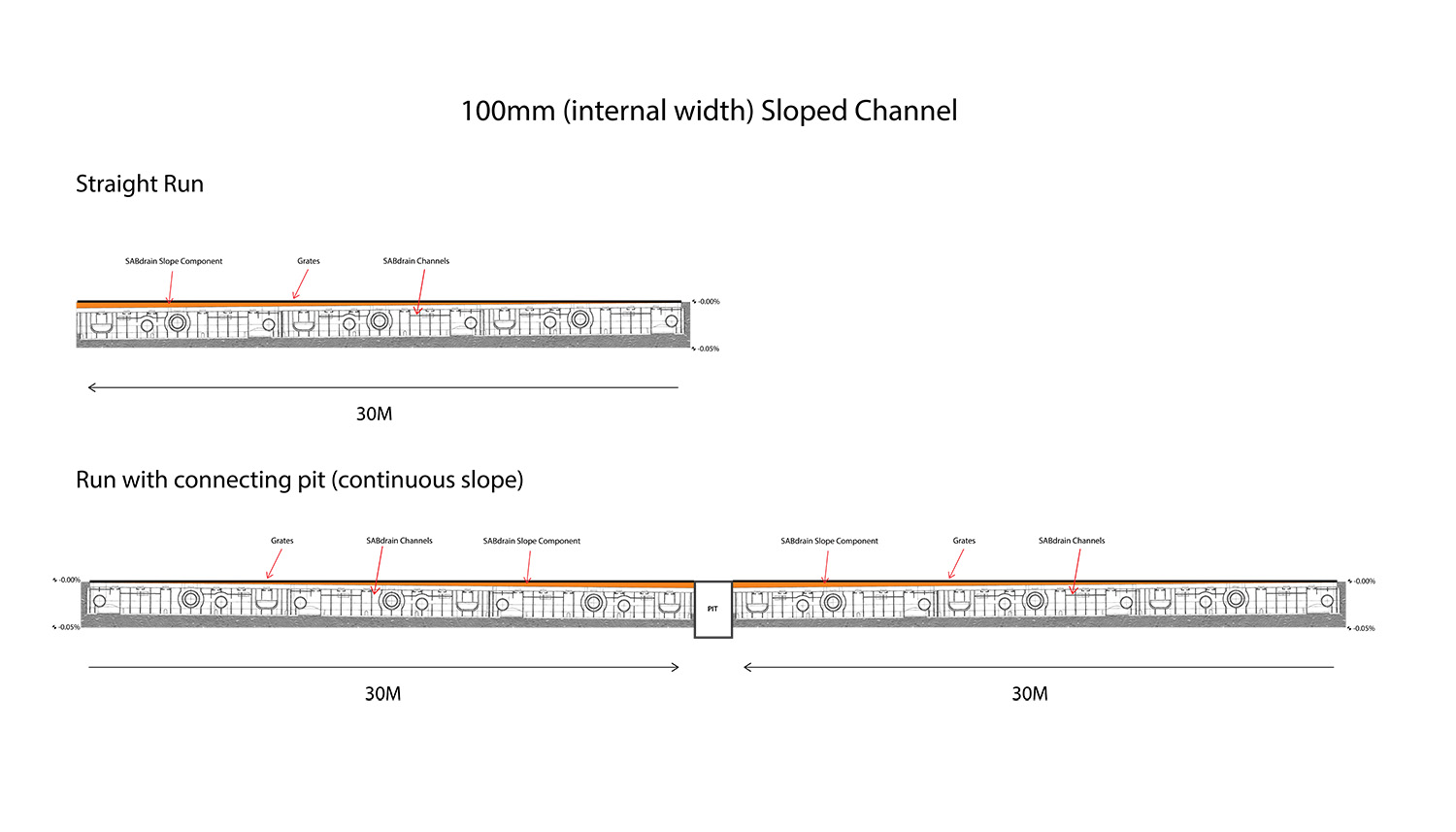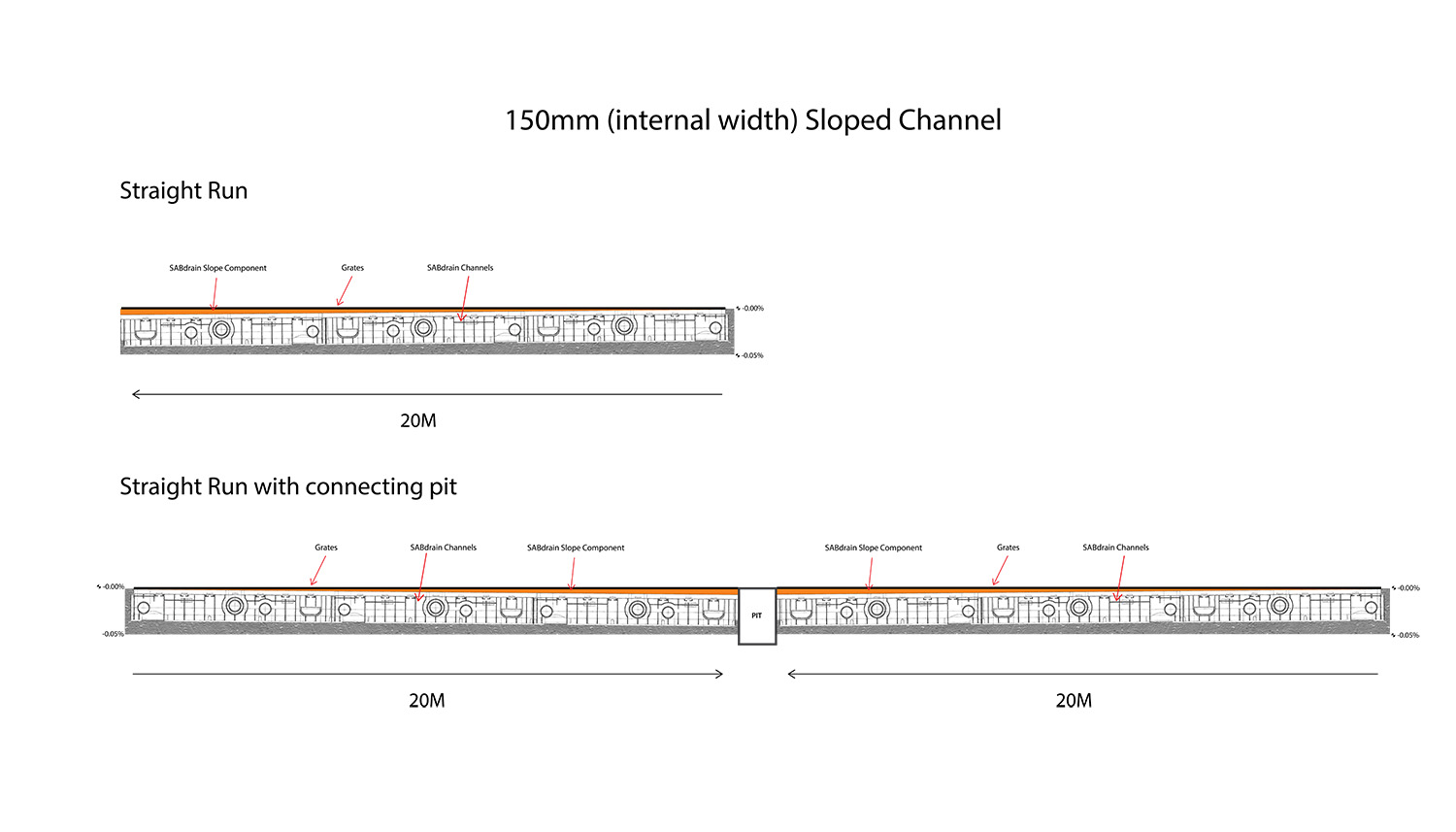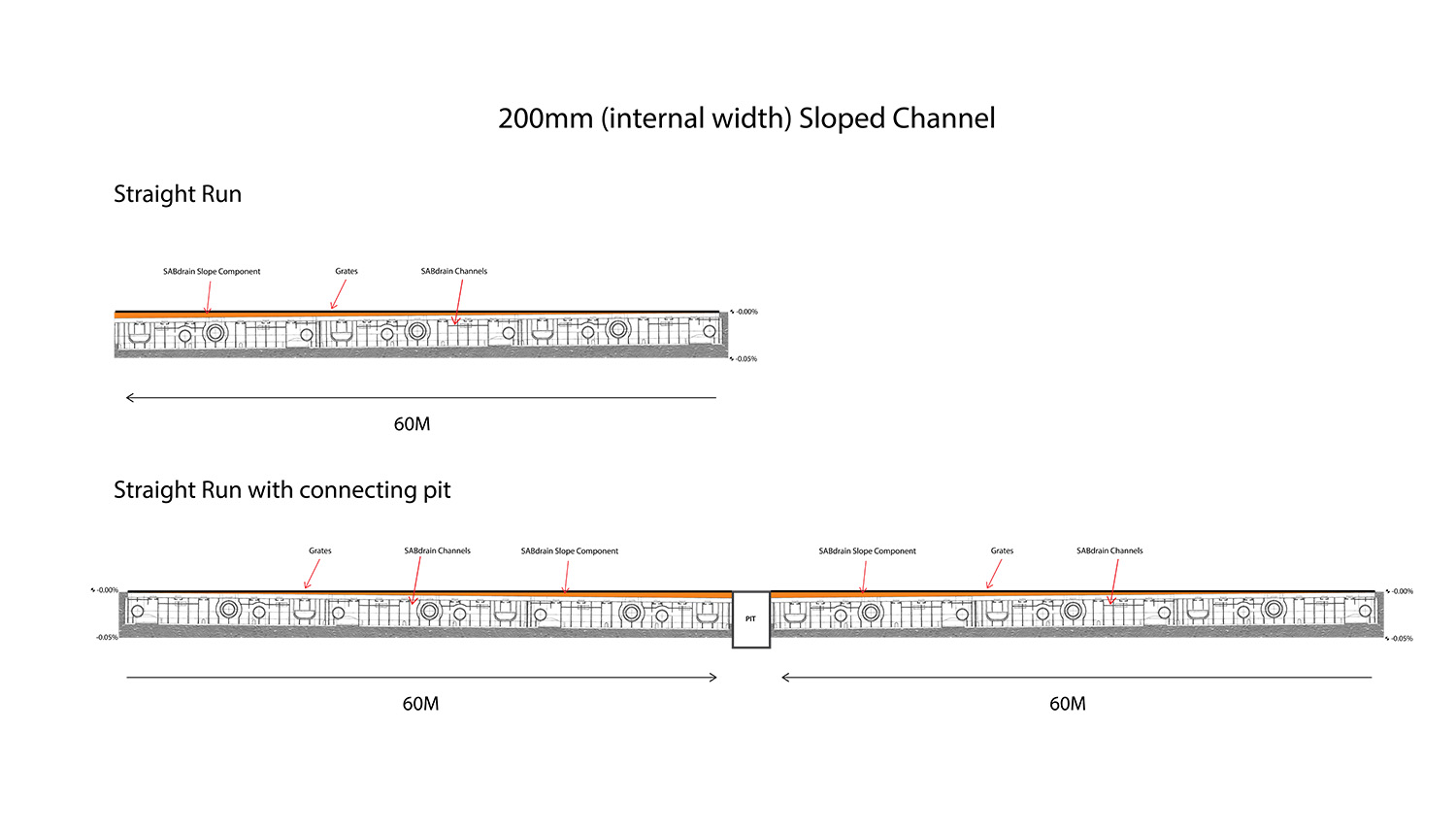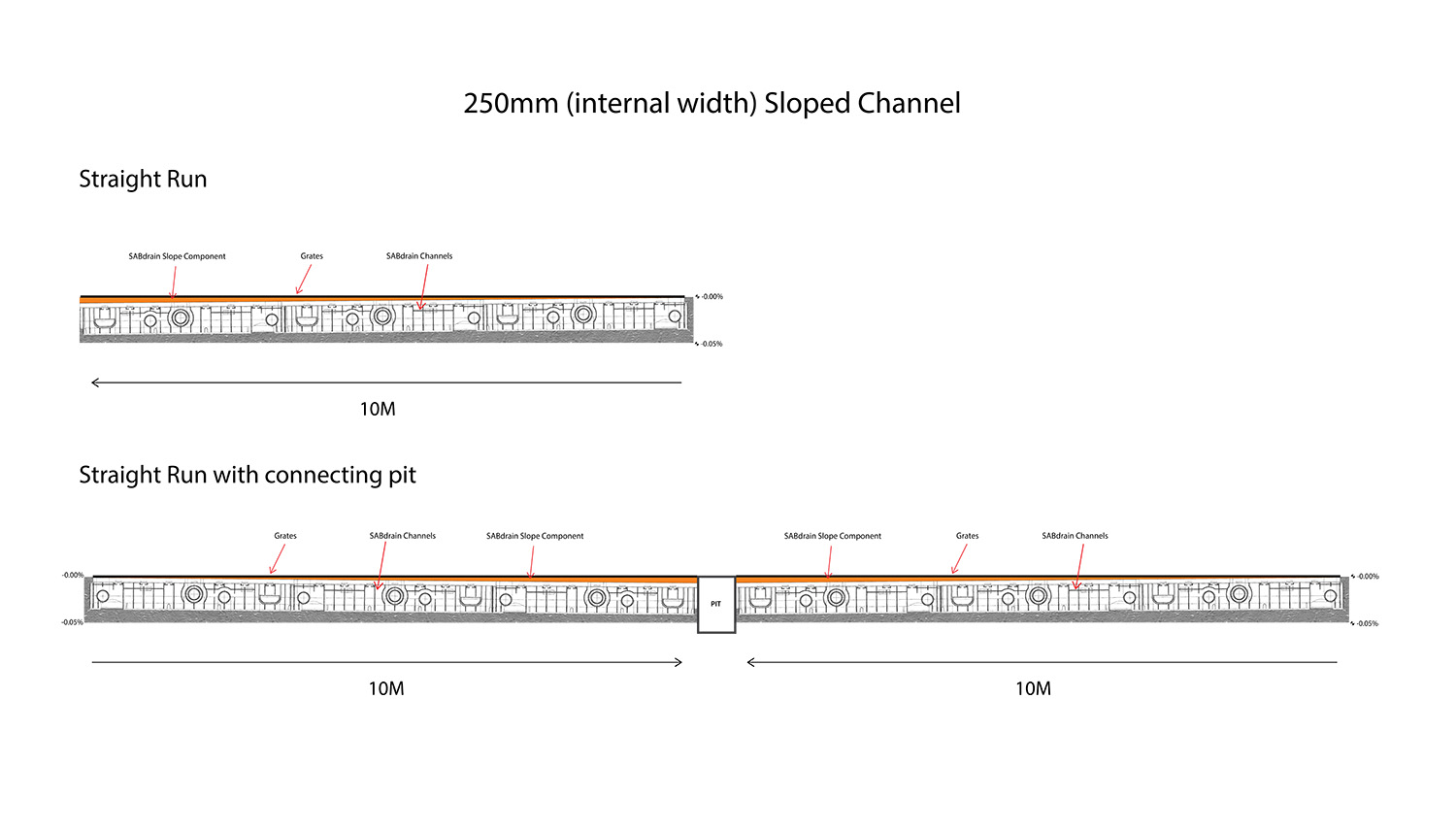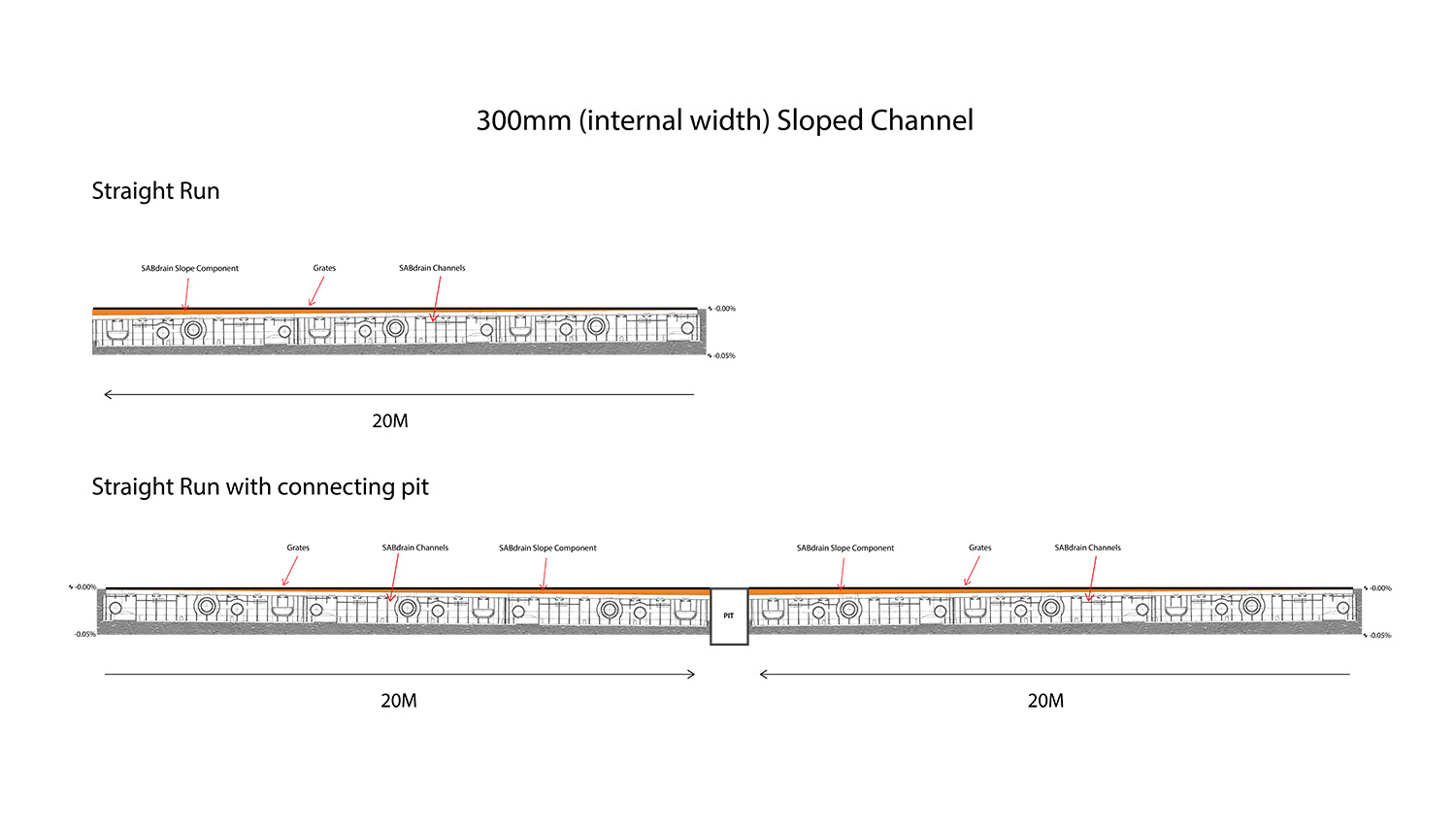Hydraulic performance is one of the most important considerations in the design of trench drain systems. A well-functioning drainage system must efficiently remove water from surfaces to prevent pooling, flooding, and the potential hazards associated with standing water, such as slips and falls. In contrast, poorly designed drainage runs can be ineffective in clearing water quickly, leading to safety risks and difficulties in maintenance. Beyond the practical issues, ineffective drainage can also detract from the visual appeal of the surrounding pavement and, in some cases, result in unnecessarily high costs for repair or replacement.
Achieving optimal hydraulic efficiency requires careful planning in the configuration of trench drain systems. These systems are engineered to collect and direct surface water through modular channels, guiding it toward an appropriate outlet, such as an underground pipe system or culvert, where it can be safely discharged. A key element that influences the overall hydraulic performance is gravity, which works in conjunction with natural or artificial slopes in the pavement. By leveraging the natural flow of water, a well-designed system can ensure rapid and effective water removal, minimizing the risk of standing water or overflow.
How Does Slope Affect Hydraulic Performance?
The slope, or the degree of grading, is a critical factor in determining the hydraulic efficiency of a trench drain system. The slope directly impacts the velocity at which liquid moves through the trench drain. When the slope of the trench’s invert (base) increases, the speed of the water flow also increases, which enhances the system's capacity to clear surface water. Without a sufficient slope, the velocity of water within the drain will decrease, resulting in slower water removal and a higher likelihood of ponding.
There are several ways to introduce a slope into the design of a trench drain system:
Using existing pavement with a natural fall
If the pavement already has a natural slope, the drainage system can be designed to follow this contour, allowing gravity to aid in moving water quickly.

Introducing a stepped configuration
A stepped design involves creating sections within the trench drain that drop incrementally in height. However, this approach is often less effective in enhancing hydraulic performance because the liquid velocity is still limited in long, flat segments between the steps.

Incorporate a slope into the trench drain
This is generally the most effective method for improving hydraulic efficiency. Incorporating a consistant gradient ensures a steady and sufficient liquid velocity across the entire length of the trench. This approach is particularly useful for long drainage runs, as it reduces the risk of slow-moving water and ensures rapid clearance of surface liquid.


Among these options, the slope provides the greatest positive impact on hydraulic performance. In comparison, stepped configurations or completely flat runs, especially over long distances, often struggle to maintain the necessary flow velocity. By choosing the right slope configuration, designers can optimize the trench drain’s performance, ensuring effective water management, reducing maintenance needs, and improving the safety and longevity of the drainage system.
Channel Run Flexibility
Solution for pavements with no falls
- Up to 120M of continuous slope
- 120M of 0.5% slope with two 60m runs discharging into a central outlet

